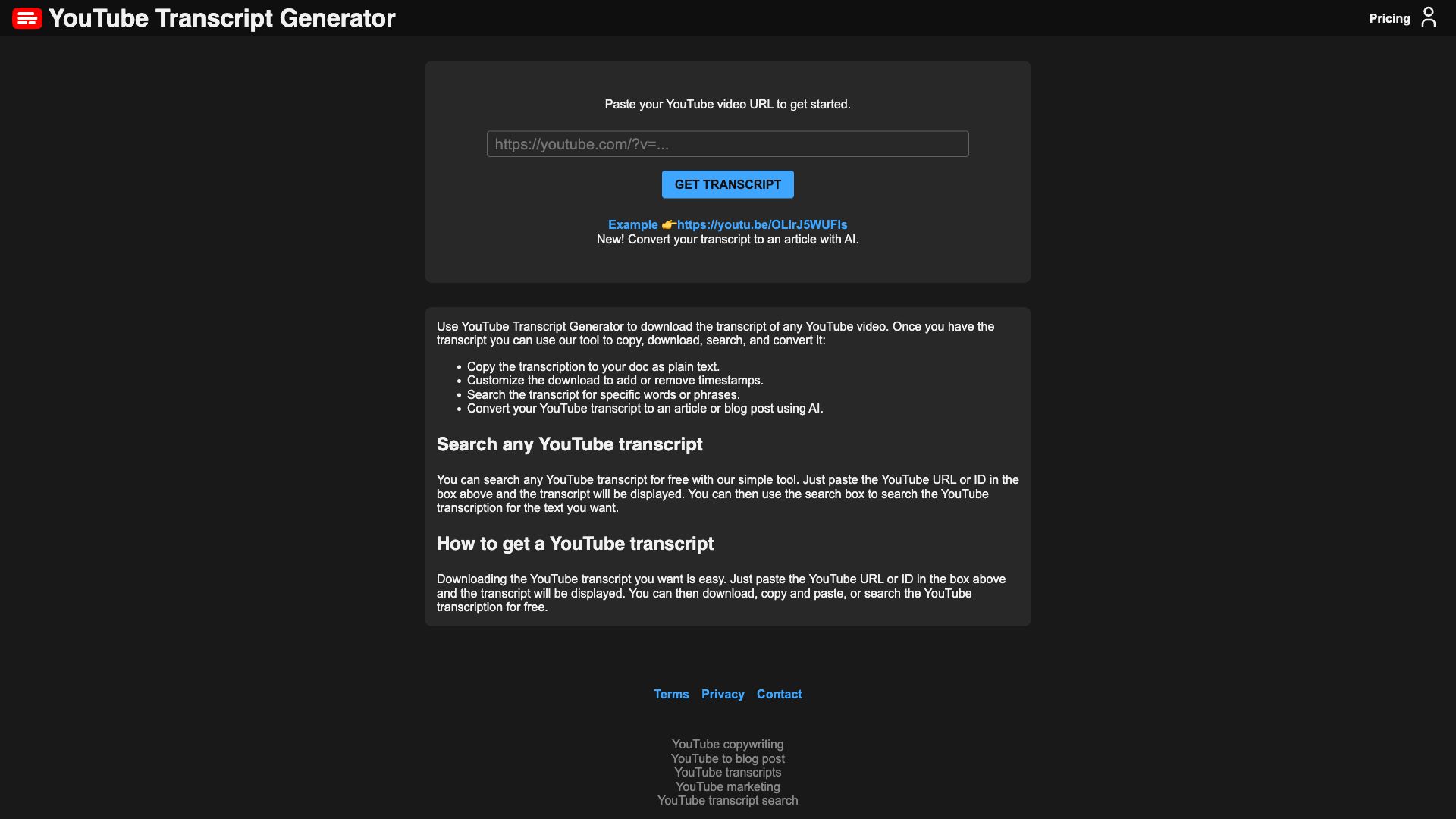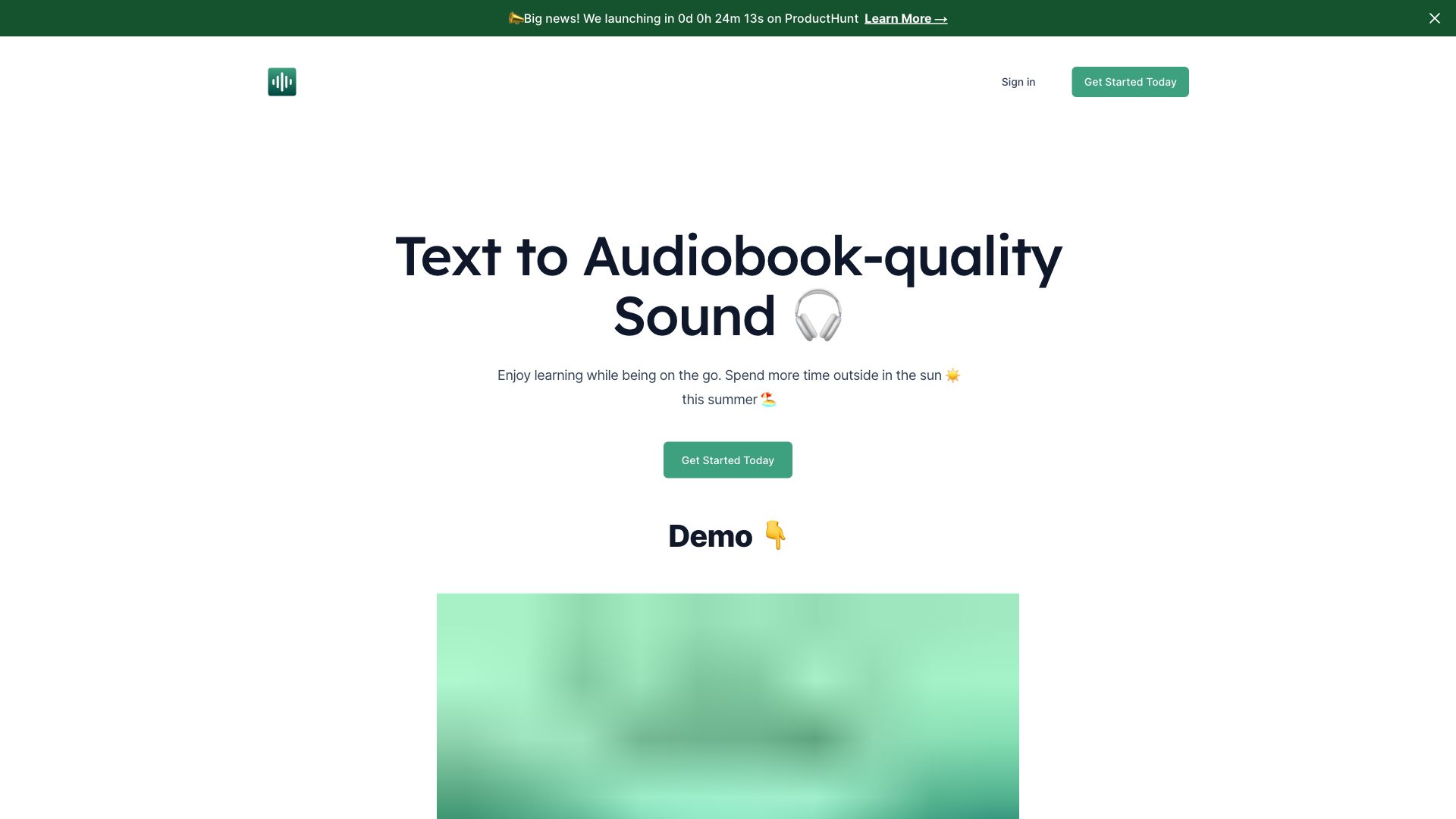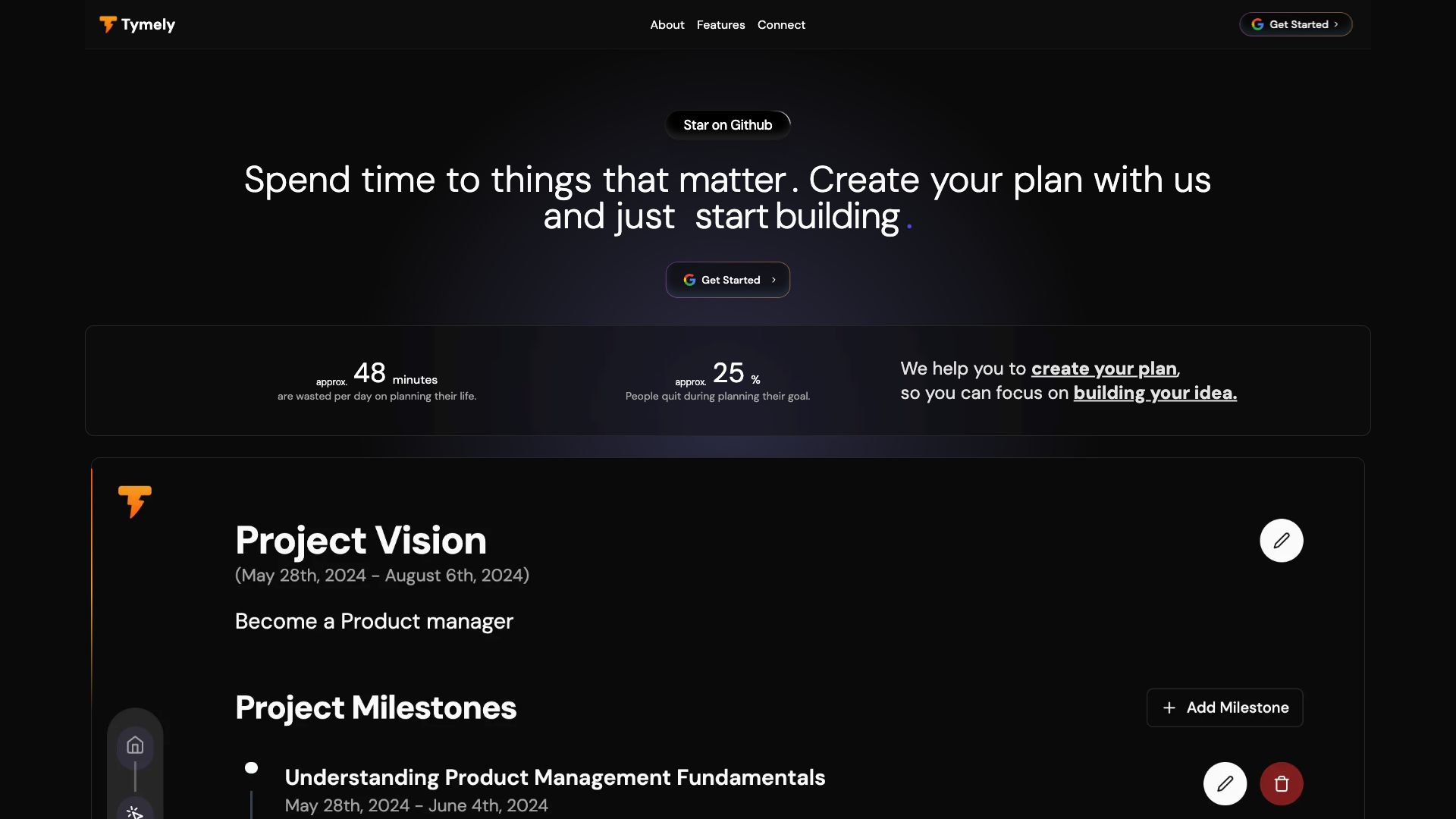Awesome Transcriber Tools in 2024
Discover the awesome 3 AI tools for 2024 By Candytools
Get the transcript from any YouTube video. Generate an article from it using AI. Search, download, and customize any transcript.
AudioWave AI offers AI-powered tools to transcribe, translate, and edit audio and video content effortlessly. Optimize your workflow and unlock the power of audio.
Timely is the AI meeting assistant that transcribes, summarizes, and extracts key insights from your meetings. Spend less time on notes and more time on what matters.
More AI Tools Categories
What is Transcriber?
A transcriber, in its simplest form, is something that converts audio or video content into written text. This can be a person, software, or a combination of both.
Here's a breakdown of different types of transcribers:
Human Transcribers:
- Professionals: Trained individuals who listen to audio/video and manually type out the spoken words. They are skilled in deciphering accents, handling background noise, and maintaining accuracy.
- Crowd-sourced: Platforms that utilize a large group of individuals to transcribe parts of an audio/video, which are then compiled into a complete transcript.
Software/AI Transcribers:
- Automatic Speech Recognition (ASR): Uses artificial intelligence and machine learning algorithms to analyze audio and convert it into text. These systems are continuously improving, with some reaching high levels of accuracy.
- Optical Character Recognition (OCR): Specifically designed for video, OCR extracts text from images and captions present in the video content.
What are transcribers used for?
- Creating subtitles/captions for videos: This makes content accessible to a wider audience, including those who are deaf or hard of hearing.
- Generating transcripts for meetings and interviews: Provides a written record that can be easily reviewed and searched.
- Analyzing audio data: Researchers and analysts use transcriptions to study speech patterns, identify keywords, and extract insights from audio recordings.
- Creating written versions of podcasts and audiobooks: Allows people to consume content in different ways, based on their preference.
Choosing a transcriber:
- Accuracy is key: Consider the quality of the transcription, especially if it's for professional purposes.
- Turnaround time: Some methods are faster than others, depending on the length and complexity of the audio/video.
- Cost: Human transcription is generally more expensive than software-based transcription, but may offer higher accuracy.
Whether it's for accessibility, research, or simply convenience, transcription plays a vital role in making audio and video content more accessible and useful.


